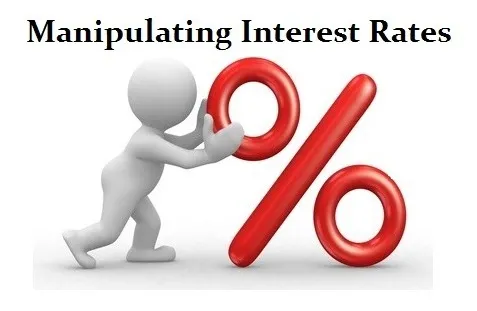Emerging Market Debt Defaults on the Horizon?
QUESTION: Mr. Armstrong; You said that the emerging markets are a huge problem that will lead to a Sovereign Debt Default. Can you elaborate on that statement?
Thank you for your insight
VU
ANSWER: The emerging markets are in far worse shape today than they were even back in 2008. They have issued heaps of dollar-denominated debt to sell particularly to US pension funds seeking higher yield. Some of the buyers have been state-run pension funds. The outstanding Emerging Market debt has exploded by 50%. The majority of the increase in emerging market indebtedness has been in local currency, which was more than $48.5 trillion as of the end of 2016 from around $43 trillion in 2015 and is pressing $50 trillion for 2017.
We passed $200 trillion in global sovereign debt back in 2016. All of these dollar bears that yell about the USA at $20 trillion, ignore where the world stands at and the fact the USA is still the only economy holding everything up. Both the Emerging Market and EU countries have used the cheap interest rates to just pile on more debt – not reform. This is why central banks have lost all capability of manipulating interest rates to direct the economy. All of those theories are entirely dependent upon DEMAND management. They may, in theory, be able to manage the “demand” of the consumer, but they have zero influence over government spending. They lower rates to stimulate private demand and simply underwrite government debt.
The world comes unglued ONLY with a dollar rally – not a decline. A drop in the dollar would be cheered by governments who would then issue even more debt. A dollar rally will cause the Sovereign Debt Crisis – not a dollar decline. Emerging Market defaults are once again on the timeline. They are economically in far worse shape today than they were in 2008. As interest rates rise, they will blow their budget out and they do NOT have the economies to support the debt repayments (excluding China).

